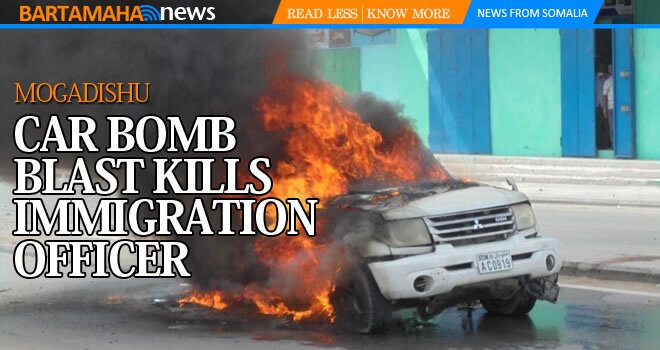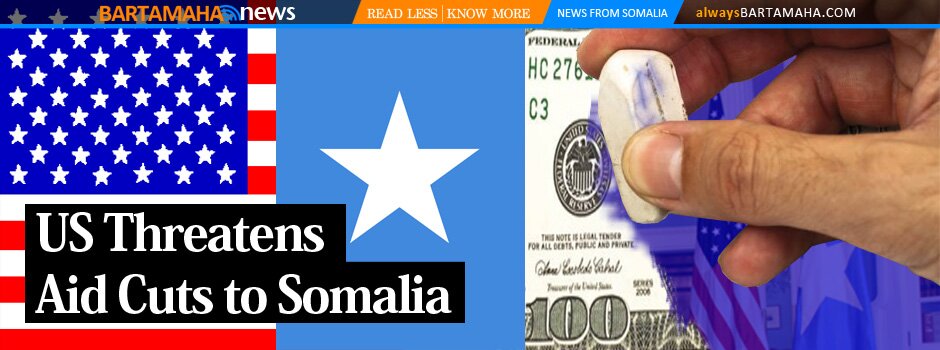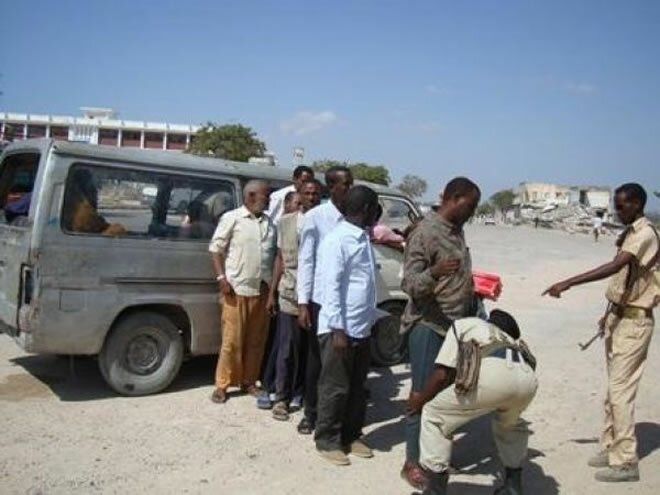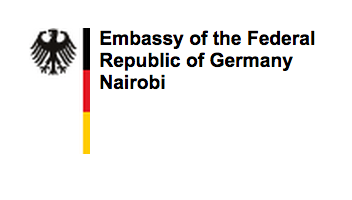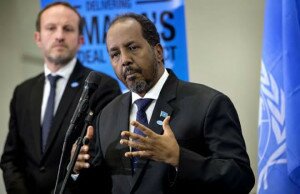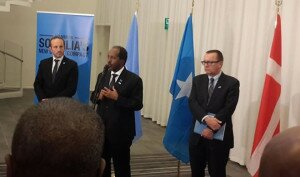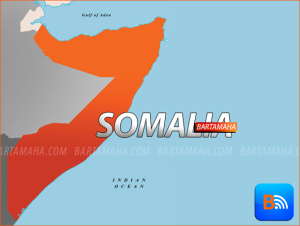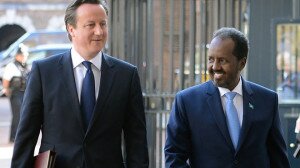Somalia’s civil war: Pushing it across the borders
THIS year was meant to be Somalia’s best for quite a while. President Hassan Sheikh Mohamud tapped a new prime minister, Abdiweli Sheikh Ahmed, on December 12th, who in turn named a new cabinet on January 17th, making a clean break from the disappointing previous government, which had itself emerged with a fresh whiff of hope after more than two decades of civil war. “Somalia has now turned a corner,” said Mr Ahmed. “And there is no going back.”
Yet war persists. After liberating the capital, Mogadishu, and a southern port city, Kismayo, from control by the Shabab militia of Islamic extremists in the past three years, troops under the aegis of the African Union (AU) are poised for another offensive. On January 29th they heralded a push into the militants’ heartland in the south-centre of Somalia.
The AU force, mainly Kenyans, Ugandans and Burundians, is being bolstered by 4,400 troops from Ethiopia, bringing the total to 22,000, almost double its original strength. The Ethiopians, who have repeatedly invaded their dysfunctional neighbour, officially came under the international command this month. It is open to doubt whether they will obey it. Their forces have been unpopular in Somalia when they have intervened before; their renewed presence could undermine support for the new government propped up by the AU and its paymasters in the West. Misbehaviour in Kismayo by Kenyan troops, who have profiteered in the local charcoal trade, has had the same effect.
The new campaign in the Shabab heartland started on February 2nd with an American drone attack on Ahmed Abdi Godane, the Shabab’s leader. It is said to have taken place north of Barawe in the Lower Shebelle region and to have missed him by a whisker, killing a close aide.
The AU force’s long-term success in the south will hinge on entrenching political structures to replace the Shabab. In the past, Somali civilian leaders have repeatedly proved unable to capitalise on military successes. Either they failed to fill a power vacuum or they feuded among themselves, neglecting to provide services such as education and water. “The credibility and effectiveness of the young Somali government will be further threatened by persistent political infighting, weak leadership from President Hassan Sheikh Mohamud [and] ill-equipped government institutions,” says James Clapper, America’s director of national intelligence.
The military campaign may drive the Shabab further south, into Kenya, where fighters pose as members of the large local Somali population. A bomb went off at Nairobi airport on January 16th without doing much harm. The security services blamed the Shabab and predicted more attacks. On February 3rd Kenya’s police arrested more than 100 people in Mombasa, the country’s port city, and charged them with Shabab membership. Several people were killed in the riots that ensued. Ethiopians fear that the Shabab may soon launch attacks in their capital. It remains to be seen whether Somalia’s civil war is drawing to a close—or whether it will simply seep across the country’s borders.
Source: The Economist
Comments
comments
 Calendar
Calendar





















